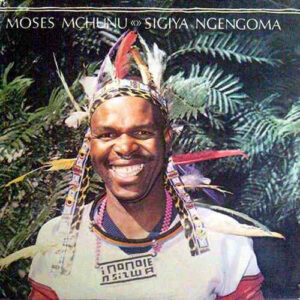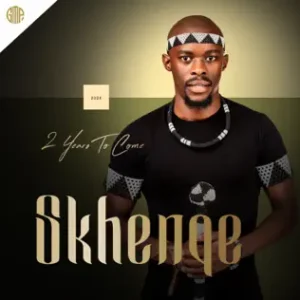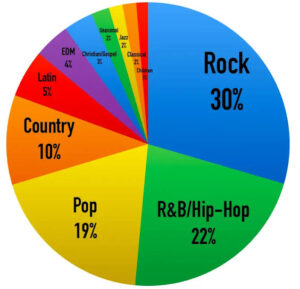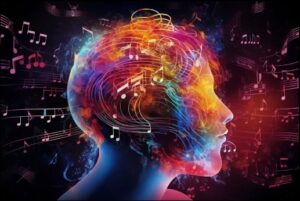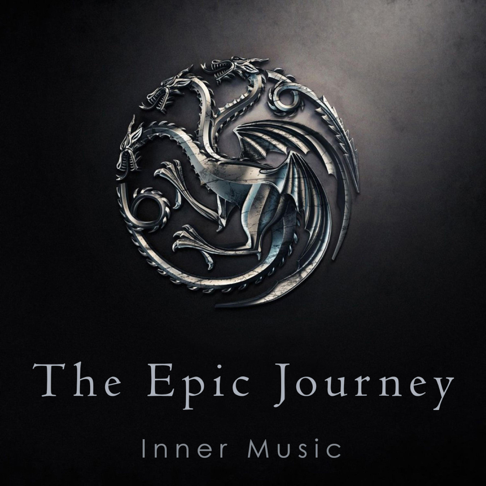
Hey, music lovers! Ever wondered where music began and how it came to be such an integral part of our lives? This composition has everything you need to know about music. It’s a 7- 7-nanosecond read composition and we will be going through the fascinating origins of music, tracing its trip from ancient times to the ultramodern beats that make us groove. Let’s begin!
The Dawn of Music Neolithic Echoes
Let’s start at the very beginning, Neolithic times. Imagine our ancestors, gathered around a fire, creating the first sounds that could be considered music. Archaeologists have set up flutes made from raspberry bones and mammoth ivory dating back about 40,000 times. These ancient instruments show that music was a part of mortal life long before written language.
But why did our ancestors make music? Some propositions suggest it was a way to strengthen social bonds and enhance cooperation within groups. Others believe music had spiritual and ritualistic significance, helping early humans connect with the godly and mark important life events.
Evolutionary Beats Why Music Matters
Music may have provided our ancestors with an evolutionary advantage. Charles Darwin suspected that music could have evolved as a form of sexual selection, much like the lovemaking calls of catcalls. Being suitable to make music might have made someone more seductive to eventuality mates.
Ultramodern wisdom backs up some of these ideas. Music stimulates the release of dopamine, the sense-good neurotransmitter. This response could have helped early humans bond and work together more effectively. Plus, the meter of music might have made group conditioning like stalking and gathering further coordinated.
Ancient Civilizations The Birthplaces of Music
As mortal societies grew, so did the complexity of their music. Let’s take a quick stint at some ancient societies and their musical traditions.
Mesopotamia and Egypt Sacred Sounds
In Mesopotamia, music was central to religious and conventional life. Instruments like lyres, harps, and cans were used in rituals, carnivals, and royal events. Written records from this period show a sophisticated understanding of musical scales and compositions.
Ancient Egypt also held music in high regard, believing it had godly origins. Instruments similar to the sistrum and the lute were common in tabernacles and during fests. Egyptian sepultures and tabernacles frequently depict musicians, pressing the artistic significance of music.
Greece and Rome Harmonious patrimonies
In ancient Greece, music was seen as essential for education and moral development. Proponents like Pythagoras and Plato explored the fine and ethical aspects of music. Instruments similar to the lyre, aulos, and kithara were prominent in Greek musical practice.
The Romans, told by the Greeks, also valued music largely. It accompanied theatrical performances, religious observances, military processions, and dinners. Roman music incorporated different influences, perfecting the conglomerate’s musical geography.
Medieval and Renaissance warbles
The Middle periods and Renaissance brought distinct musical developments. During the Middle periods, the Christian Church dominated musical practices with Gregorian chant, and monophonic oral warbles enhancing spiritual guests.
Temporal music thrived with vocalizers and rhymes performing songs about chivalry, love, and history. Instruments like the lute, harp, and hurdy-gurdy were popular.
The Renaissance sparked a musical revolution with melodists like Josquin des Prez and Claudio Monteverdi pushing the boundaries of polyphony. The printing press made music more accessible, spreading musical ideas across Europe.
Modern Music Evolution
The trip of music didn’t stop there. Let’s presto- forward to the Baroque, Classical, and Romantic ages, each bringing inventions.
Baroque Period (1600- 1750)
The Baroque period introduced forms like the concerto, sonata, and pieces. Melodists like Bach, Vivaldi, and Handel created intricate compositions with ornate warbles and dynamic contrasts.
Classical Period (1750- 1820)
The Classical period emphasized clarity and structure. Melodists like Mozart, Beethoven, and Haydn created workshops with standardized forms, expanding the symphony and setting the stage for grand orchestras and concertos.
Romantic Period( 1820- 1900)
The Romantic period concentrated on emotion and individualism. Melodists like Schubert, Brahms, and Wagner created deeply suggestive workshops. The piano became a central instrument, and symphonies grew in size and complexity.
Music in the 20th and 21st Centuries A Global Symphony
The 20th century brought unknown changes to the world of music, marked by rapid-fire technological advancements and artistic shifts that converted the way music was created, participated, and endured. The invention of the phonograph and the rise of radio allowed music to reach a wider cult, breaking down geographical walls.
“Jazz” surfaced in the early 20th century as a uniquely American art form, blending African measures, blues, and ragtime. Legends like Louis Armstrong and Duke Ellington revolutionized music with their contemporary chops and suggestive performances. Jazz came as a global miracle, impacting multitudinous other stripes and spawning subgenres like swing, bebop, and cool jazz.
“Rock and Roll” with its roots in blues, country, and meter and blues, exploded onto the scene in the 1950s. Icons like Elvis Presley, Chuck Berry, and Little Richard brought an energetic and rebellious spirit to music. The 1960s saw the British Invasion, led by The Beatles and The Rolling Monuments, which further solidified gemstone’s place in popular culture.
The ultimate half of the 20th century saw the rise of “hipsterism- hop” forming in the Bronx, New York. settlers like DJ Kool Herc, Grandmaster Flash, and Run-D.M.C. drafted a new musical style characterized by metrical spoken lyrics over beats. hipsterism- hop has since grown into a global artistic movement, impacting fashion, language, and social issues.
“Electronic Dance Music( EDM)” surfaced in the late 20th century, with settlers like Kraftwerk, Giorgio Moroder, and latterly, Anchorpeople like Tiësto and Daft Punk pushing the boundaries of music products. The digital revolution made music products more accessible, allowing artists to trial with new sounds and ways.
The Power of Music A Universal Language
Music has an unequaled capability to elicit feelings, tell stories, and bring people together. It serves as an important form of expression, able to convey complex passions and ideas that words alone cannot capture. From lullabies that soothe babies to chorales that inspire movements, music is woven into the fabric of our lives.
The remedial benefits of music are well-proven. Music remedy is used to help individuals manage physical, emotional, and cognitive challenges. It can reduce stress, ameliorate mood, and enhance memory. Harkening to music or playing an instrument can be a form of emotional release and a means of connecting with others.
The Future of Music Endless Possibilities
As we look to the future, the possibilities for music are endless. Technological developments are still impacting how we compose and hear music. Virtual reality and stoked reality offer immersive musical guests, while artificial intelligence is being used to compose and produce music in innovative ways.
The global nature of the internet allows for the cross-fertilization of musical styles from different societies, leading to new and instigative stripes. Collaborations between artists from different backgrounds are getting more common, perfecting the global musical geography.
Music has been a constant companion throughout mortal history. It’s an important testament to our creativity, adaptability, and need for connection. This read has been an adventure!
Would you like to know more about music? Hit the follow button now to stay tuned for further updates about musical history, interesting data, and updates on recent trends.

